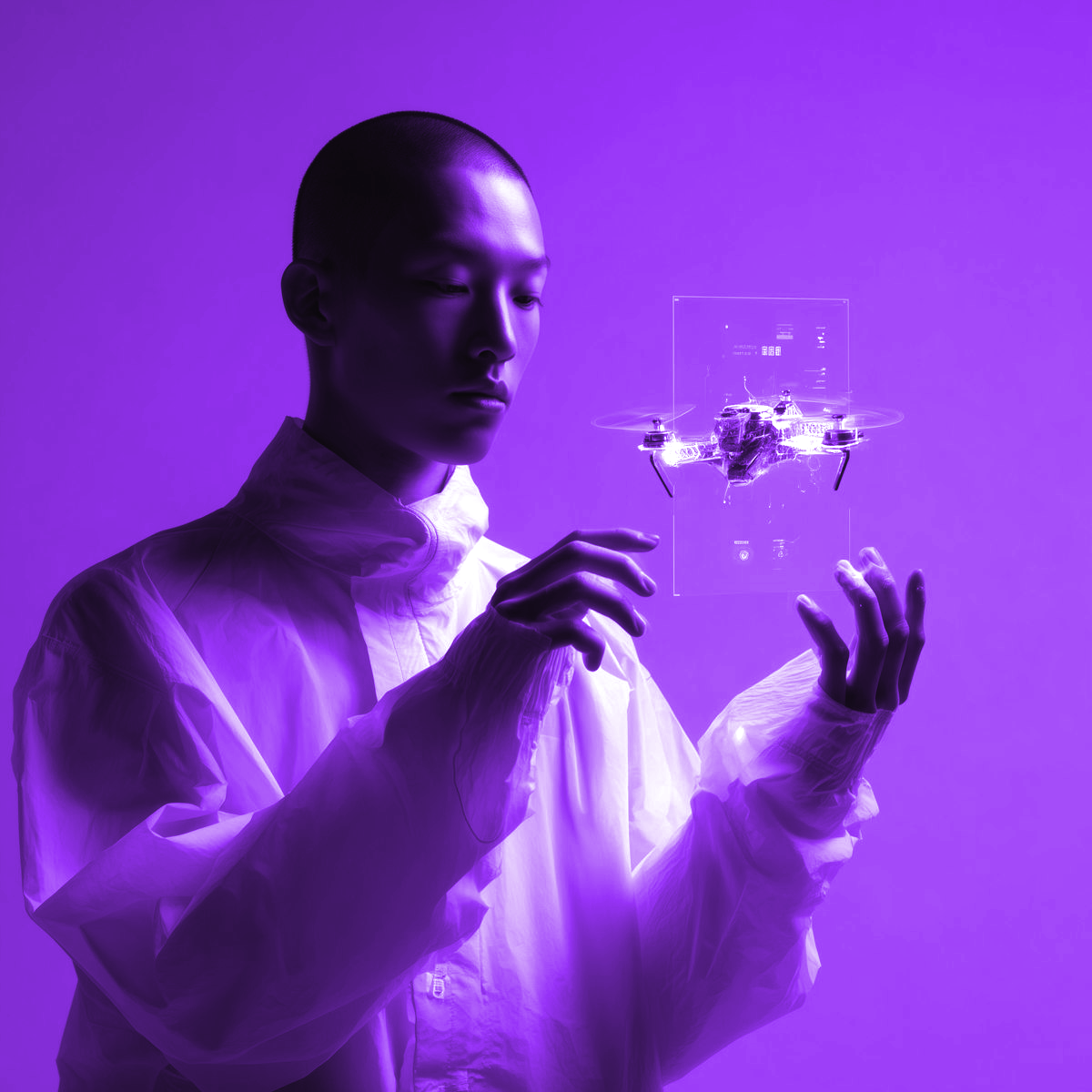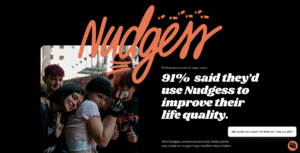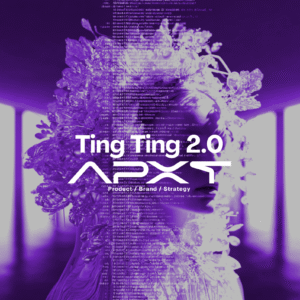For years, business design has clung to methods that served us well in their time. The Double Diamond. The Business Model Canvas. Human-centered design. These frameworks gave us structure, but they also quietly narrowed our field of vision.
What happens when the tools built for clarity begin to constrain our creativity?
At Apxt, we believe it’s time to transcend traditional design thinking. To go beyond solutioning in prescribed systems, and start sensing, annotating, and designing the systems themselves.
The world is no longer a stable set of problems to be solved. It’s an emergent, dynamic ecosystem, alive with signals.
It’s time we designed like it.
The Company as a Prototype
Think the following: the company itself is the prototype.
Not just the MVP. Not just the product.
But every action, internal, external, operational, is an annotation.
This is the Annotation Method.
This mindset, we no longer design for perfection but design to gain insight. Every annotation, a product feature, a service touchpoint, a hiring model, a price change, is a live experiment that interacts with the world.
Rather than “Did it work?”, we ask:
What did it touch?
What did it resonate with?
Where did it find friction, flow, or resonance?
Over time, an annotation system becomes a kind of design radar, a way of sensing what’s alive, what’s out of tune, and what’s trying to emerge beneath the surface.
Resonant Design: What Wants to Emerge?
This calls us to a deeper shift: from designing systems to sensing resonance.
Resonant Design is a question of listening for what wants to emerge.
Instead of designing the future and building to plan, we listen for what’s already emerging in users, teams, markets, and culture.
We design to discover, not just to ship.
We listen for what resonates, not just what converts.
To do this well, we develop signal systems, ways of listening across all layers of the business.
These may be in the form of:
– Embedded customer feedback loops
– Shadowing frontline teams
– Studying language in support tickets
– Pattern spotting in internal comms
– Fast-cycle experiments in-market
But the goal isn’t just data. It’s meaning.
Signals only matter when we learn how to read them.
Designing the Future the Product Needs
Here’s a shift many teams miss:
Some designs aren’t made to fit the current world.
They’re designed for a future that hasn’t arrived yet.
Rather than trying to get a product to struggle along in the present time, we ask:
To what future does this product belong? And how do we engage in creating that future today?
This is future-environment design. It does not strive for fit, it strives for amplification of the conditions that make your product inevitable.
That may involve:
telling the story before the market is ready, creating cultural reference points, designing coalitions, partnerships, or narratives for pulling the future forward.
Here, business design is no longer just reactive, but generative.
We stop fixing the problems of today, and start to midwife the possibilities of tomorrow.
Design in the Age of Superintelligence
As AI makes the transition from tool to collaborator, designers have a new role to play:
the communication architects of intelligent systems.
We are no longer designing UI or UX. We are designing:
how intelligence communicates, how humans interpret AI intent, how meaning, emotion, and values are translated across non-human logic.
Here, language is interface. Prompts are products.
Trust is designed.
The designer’s work now extends to choreographing the signals that bind humans, machines, and meaning.
That involves:
– narrative clarity,
– intentional friction,
– ethical foresight,
– and emotional tone.
Design becomes the bridge, not only between users and systems, but between the known and the possible.
The New Design Thinking: A Living Practice
This is not a rejection of structure.
It’s an invitation to a new kind of structure, porous, adaptive, and sensitive to change.
A living approach to design thinking that looks like so:
Annotation over perfection: Every action is a test. Derive meaning from the mess.
Resonance over control: Let what feels alive lead you further than what feels right.
Signals over certainty: Build to sense. Learn through emergence.
Futures over fixes: Don’t just solve problems. Build the world your solution needs.
Meaning over mechanics: In the age of intelligence, the interface is the message.
How to Begin: Grounding This in Practice
This may get metaphysical, but it leads to very concrete shifts, especially for leaders and decision-makers.
Here is how to begin shifting your position today:
- Treat Every Operation as a Test
From product launches to internal memos, see everything as a live annotation.
Ask: What did this trigger? What did it reveal? Where did it resonate?
This makes room for learning, not just execution.
- Build Feedback In, Not On
Design your systems,customer-facing and internal, to be signal-rich by default.
Think short loops, small probes, live sensing, cross-functional synthesis.
- Replace “Plan and Execute” with “Sense and Shape”
Start with hypotheses. Adjust based on resonance. Build strategic rhythms that adapt to what’s unfolding, not just what was forecast.
- Make Learning a Core Asset
Document what you’re testing. Share what you’re learning. Make room for reflection and interpretation. Sense-making should be as strategic as scaling.
- Celebrate Emergence, Not Just Execution
Notice the unintended outcomes. Track what’s surfacing on the edges. Often, the thing that didn’t go according to plan is your next great signal.
In Closing
The future of business design isn’t about accuracy. It’s about perception.
Not about knowing the answer, but listening for what’s trying to emerge.
At Apxt, we’re developing tools, methods, and mindsets for this shift.
Because the businesses that thrive tomorrow won’t just drive results.
They’ll listen deeper. Learn faster.
And design the world they need to exist.
Start by making everything you do a signal.
Then design your business to listen.
Unveil Ideas, Ignite Innovation
Otso Lindfors
Founder & Visionary at Apxt Consulting
Passionate visionary at the helm of Apxt, igniting the fusion of design, strategy, and innovation. With a profound curiosity and an insatiable appetite for redefining possibilities, I orchestrate our journey to unravel the strategic depths of business and design. Just as a composer envisions harmonies, I craft strategic narratives that resonate with authenticity and excellence, leading Apxt towards a future defined by innovation.



